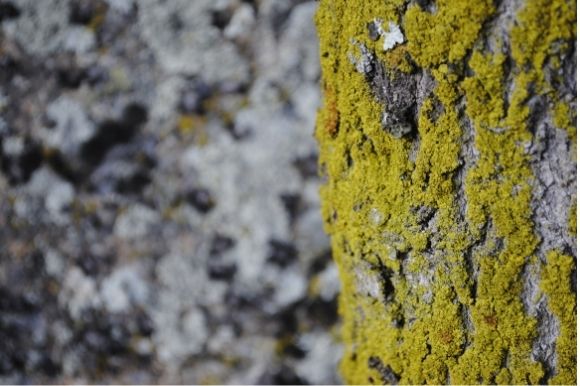
Mould on leather. What's next?
Nobody likes mould, why should we? Mould can cause harm to the corners of your bathroom, your clothes, leather amongst many others. So, let's talk more about the mould can be found on your leather in a humid season or after heavy rains and what can you do about it.
How mould grows on our leather
First, what is mould and why is it growing on our leather? Mould is essentially a type of fungi that grows in a damp environment or a place where it has poor ventilation and reproduces itself by making more spores around. Moulds can grow on many different types of materials and surfaces, and that, of course, include leather. It thrives particularly when water or moisture is present in a place where there is no or limited sunlight.
Why on leather? Leather is porous. When the humidity level in our air is high or when it’s stored in a damp environment, residue from the air can be accumulated and settled on the pores. Without any care given to the leather, mould happens naturally.
Why mould needs to be removed early
Mould on leather doesn’t only make it look terrible, it also has other implications.
For example, when left on its own, mould grown on porous materials, such as leather, can have its air-born mould spores being released into the air, hence affecting both eyes and lungs. That can apply to both human and our pets if exposed to moulds.
Mould, as a living organism, can also “eat away” the leather and the stitching on it. When the mould overgrown itself on the leather, it will not be possible to get rid of.
How mould can be removed
When attempting to remove mould, there are a few things you may like to take note of:
- Let the leather absorbs some fresh air before attempting to remove the mould. Allowing the mould to be out in the open will be the first step to attempt killing it.
- Keep yourself safe. Wear a pair of gloves (or even a face mask) before handling it.
- Once the mould turns a tad dryer, bring the leather indoor and start cleaning it by using a bristled brush to gently clean the mould off the leather. Sometimes, using a cloth may cause the mould to spread across the leather’s porous surface.
- Next, clean the leather with a leather cleaner using a lint-free cloth or sponge. The cleaning action will help to make sure the annihilation of mould. Make sure you wipe it gently in circular motion on the leather surface.
- When the cleaning is done, you can safely assume that the leather will need lots of nourishment since it needs to recover from the hurting from the mould as well as the cleaning that essentially takes off some of its oil. Nourish your leather with leather conditioning to avoid drying and cracking.
- Last step and this depends on individual preferences, it may be a good idea to protect it with some water proofing to ensure that water would not get into the leather quickly. But also note that quite a few leathers protecting solution can likely darken lighter leathers, so always ask the manufacturer and/or test it on the discreet part of your leather before proceeding further.
How mould can be prevented
- Store your leather well. Keep your leather indoor but somewhere cool. If you like, put them in a breathable casing or bag when storing leather items.
- Regular maintenance through dusting, cleaning and most importantly conditioning.
- Lastly, use your leather, don’t keep them away, they are your best pal!

